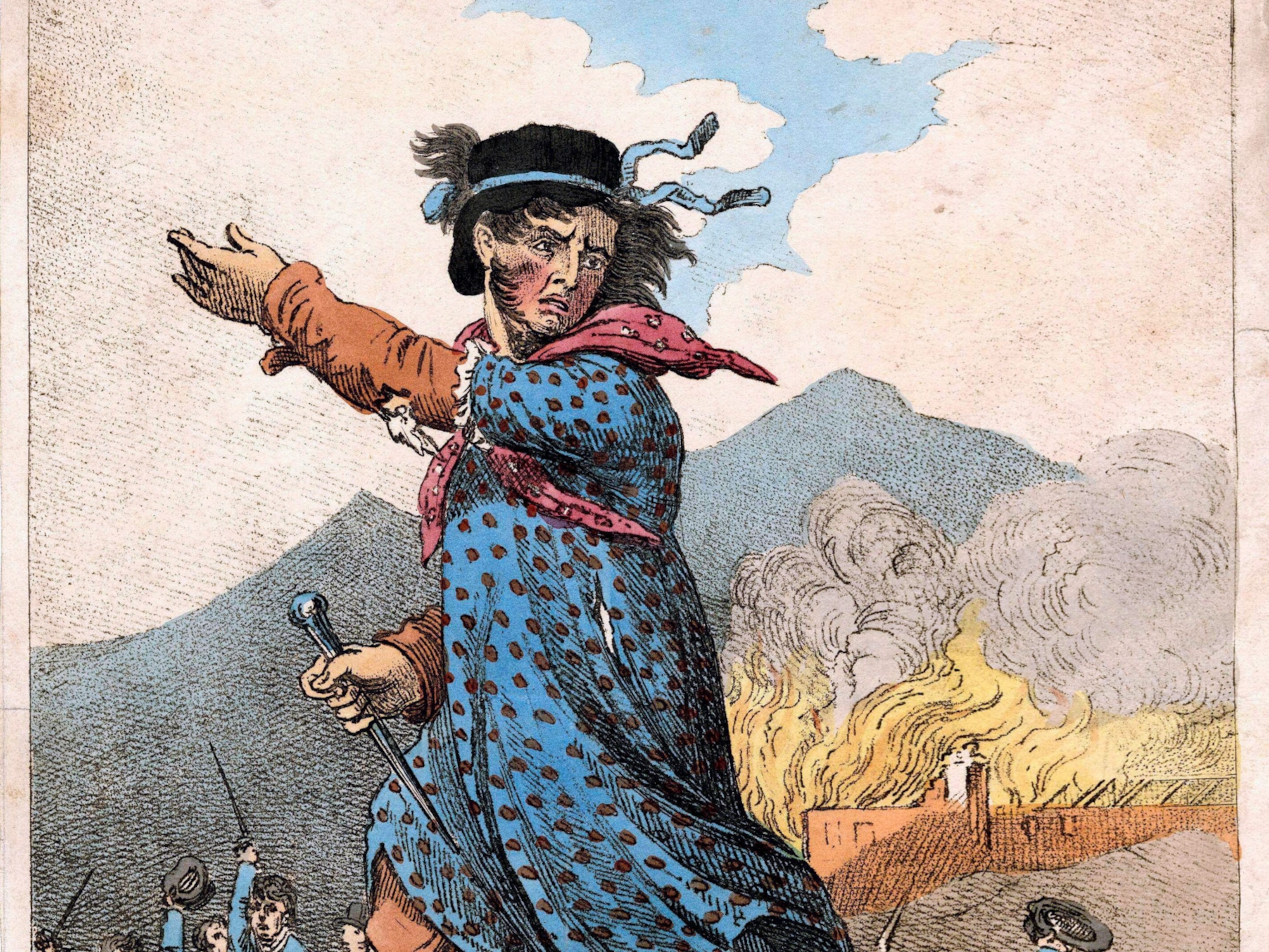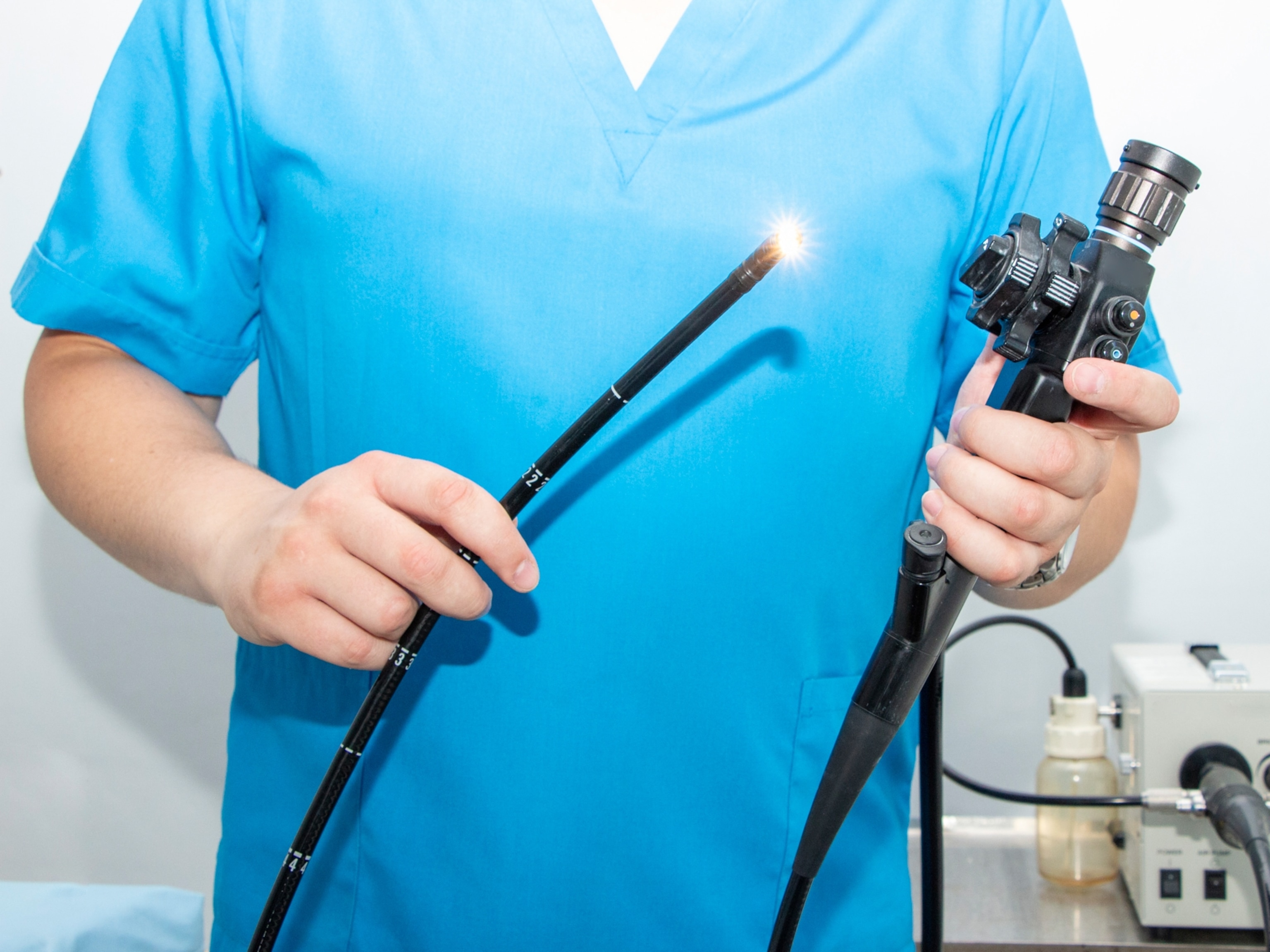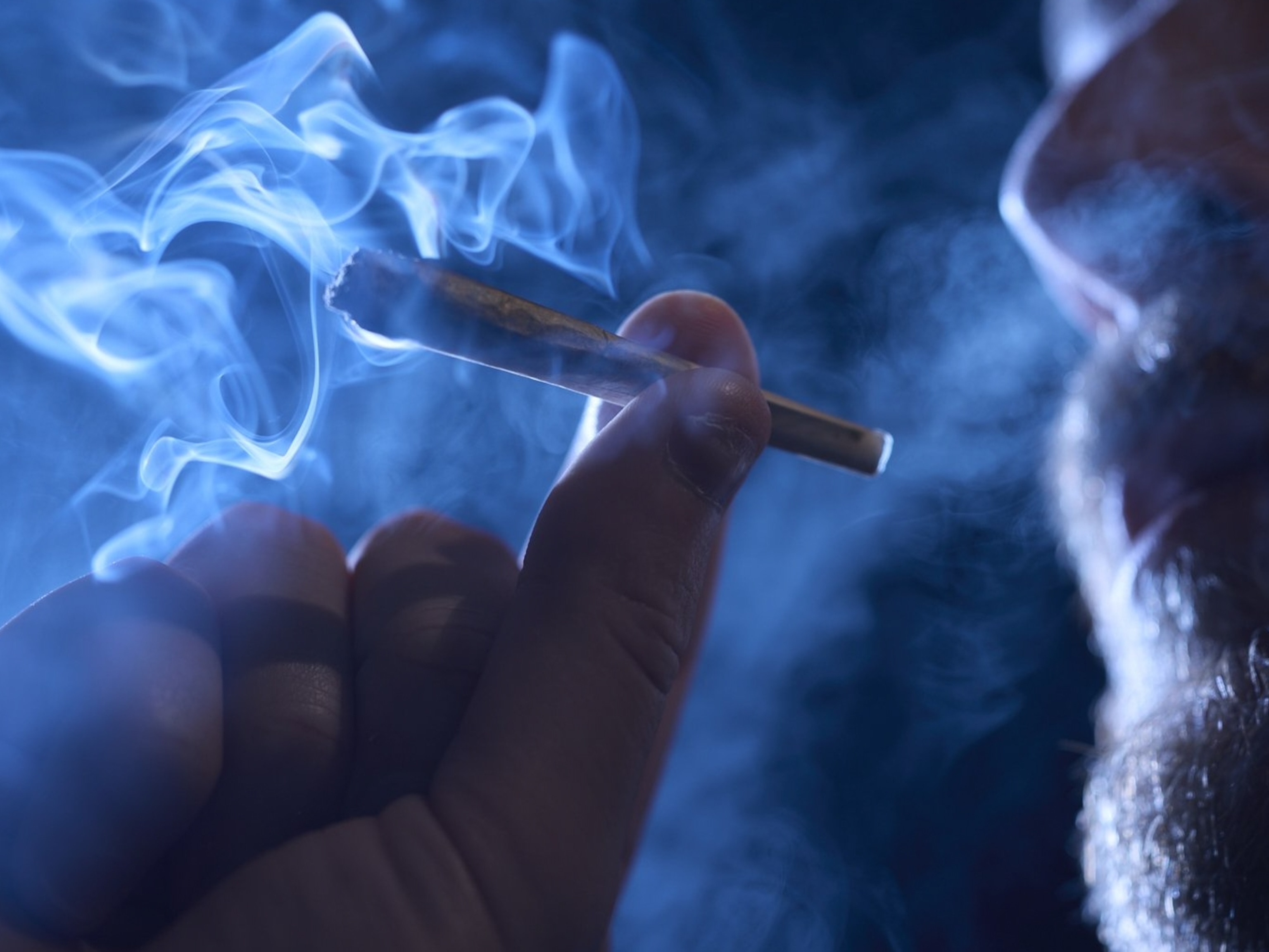How India is scrambling to secure medical oxygen and save lives
India is not alone in the shortage of oxygen at hospitals but the deadly surge in COVID-19 cases exacerbated the crisis.
New Delhi — In a recent video post on Twitter, Dr. Gautam Singh, a cardiologist who runs the private Sri Ram Singh Hospital in east Delhi, lost his composure as he pleaded for help: “We have young patients who will die in a matter of two hours… Please send oxygen to us,” he begged on camera, clasping his hands together. “We need oxygen for our patients.”
Similar urgent appeals have been issued by several state-run hospitals.
India is not alone in the shortage of oxygen at hospitals but the deadly surge in COVID-19 cases exacerbated the crisis. As the number of cases dramatically spiked, hospitals quickly ran out of beds and oxygen supplies. Relatives of patients found themselves standing in long lines to get cylinders filled with the vital medical treatment. Some scoured one location after another in search of oxygen concentrators or cylinders. At Vaibhav Oxygen, a refilling center in New Delhi, hundreds gathered daily during the peak of the crisis to refill cylinders. Fearing riots, the government deployed security personnel to form a barricade around the company and manage the crowd, which often got rowdy when people became restless or angry after waiting through the night.
Even private hospitals with state-of-the-art critical care facilities and round-the-clock care also suffered oxygen shortages. “Every part of the healthcare system was caught unaware,” says Ramanan Laxminarayan, an epidemiologist and director of the Washington DC-based Center for Disease Dynamics, Economics & Policy, who is now based in New Delhi. “India has a persistent medical oxygen problem.” (India’s crisis shows how oxygen is a vital medicine not everyone can access.)
Is the crisis over?
Even though the crowds have thinned at Vaibhav Oxygen, people are still queuing up to refill cylinders, albeit in much smaller numbers. “The situation seems to have stabilized," says Krishna Kumar, the owner of the center.
“The middle classes and the rich are now more or less covered, hence the noise surrounding the crisis is much less now,” says Laxminarayan. “But the poor are still struggling—if you are poor where will you even begin to look for an oxygen cylinder, especially in rural India where there’s no oxygen network?”
Here is a visual compilation during the height of the crisis that continues to batter India.





